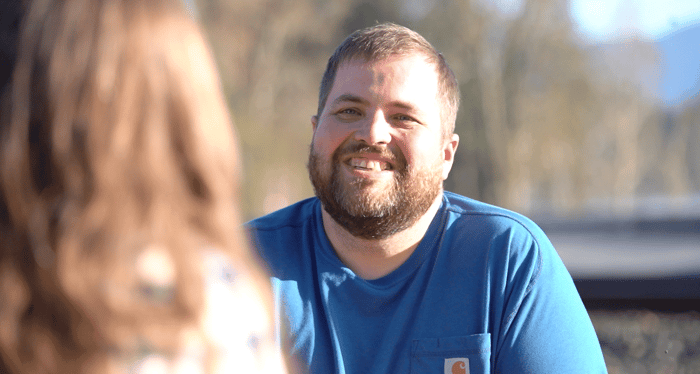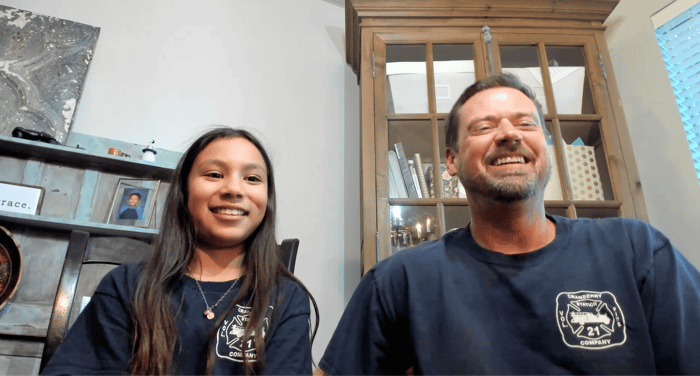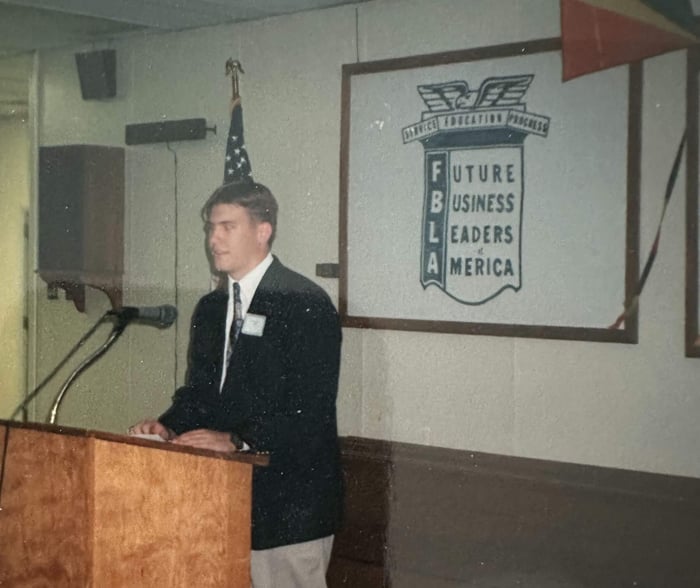Thanks for tuning into The Municibid Podcast! In this episode we sit down with Ryan Greene, founder of Kaniksu, a local internet service provider based in northern Idaho. He explains how he transformed an ambulance into a work truck then into a community-wide internet service.
Kaniksu’s Inception: How It All Began
Ryan’s idea for Kaniksu began with a personal want in his own life. Better internet. Living in Hope, Idaho, a town of 200 people with one pizzeria, one gas station, one art gallery, and two marinas, a lack of reliable internet was no surprise. Options were limited. Starlink is available further north, but it doesn’t service the small town. Residents were left with archaic satellite internet with slow speeds and high costs or they could opt for cell signal boosting to power a mobile hotspot.
Ultimately, what Ryan wanted, he could not find. That is, until reading a certain article.
“I read an article randomly that somebody sent me, not related to starting an internet [company], but about a group in western Washington, San Juan Islands, who had done something very similar. But they'd done it as a co-op just to help their neighbors get internet.”
“So, I kind of looked into it and to make a long story kind of short, all the pieces kind of fell into place to kind of make this work. And I realized though, if I'm gonna go to all this trouble, it kind of ought to be a business ‘cause it's gonna take up a lot of my time.” - Ryan Greene
With the business idea in mind, he started testing community interest. Ryan posted yard signs with a website people could visit and sign up. In just thirty minutes, two people did so. In a week, more followed. Unsurprisingly, there was plenty of interest.
“Over the course of about a week, or week and a half, we had about 90 to a hundred people. So we were pretty enthused and excited about that.” - Ryan Greene
Starting Out: Work Truck Requirements
Operating as an internet service provider meant Ryan would spend his time split between installations, digging, and more. None of that would be possible without a work vehicle. However, his own basic truck was sufficient in the beginning. What changed was that Kaniksu started as a fixed base wireless operator and later ventured into fiber optics.
The demands of installing fiber optic connections required more tools and therefore, more storage for the equipment. Not only that, but Ryan needed climate-control capabilities. A specialized work truck was the only logical solution.
“We knew we wanted to get into the fiber optic business, and when we're doing just the antenna installs, we can do it with just regular pickup. Or even a utility vehicle would be great. But when we're doing the fiber, suddenly that changes everything. We have a lot of different pieces of parts that we need to stock in there. We have a lot of different tools. The biggest thing is we need to have it climate-controlled because the temperature that you’re doing this work at will really make a difference in terms of how it splices and how easy the fiber strands are to work with.” - Ryan Greene
Finding the Perfect Work Truck
In his search for a vehicle, Ryan looked into government auctions. In one particular venture, he came across a bucket truck and in the same place spotted something else interesting, an ambulance.
“We were looking at different places for equipment and I was looking more at a bucket truck that we could use if we were going to be putting wires on poles, et cetera. We found at the same auction we bought the bucket truck, we found an ambulance. And we just kind of thought we’ll bid on it and see what happens. We had our limit and we wanted to see where it went, and at the end of the auction we ended up being the winners of the ambulance.” - Ryan Greene
After all the bidding was done, Ryan and his team acquired the 1999 Ford F450. Despite having never driven an emergency vehicle, they found the ambulance to be well-equipped and functional.
“When we bought it it had about 98,000 miles on it. I don’t remember the hours, but I knew it was relatively high. From our perspective, we were okay with the higher hours because we knew most of the time that vehicle was going to be sitting there idle without a whole lot of load on the vehicle itself. Most ambulances hurry up, get to a scene, maybe put a mile or two or five miles on the vehicle to get to that scene. Then they may spend an hour or two just idling while they’re taking care of whatever needs to be done with the medical situation.”
Outfitting and Repairing the Work Truck Ambulance
Though the ambulance was in tow, there wasn't a rigid plan for converting the vehicle. Instead, Ryan took on the alteration process as a 'learn-as-you-go' experience, which included a focus on repairs too. Thankfully, everything he encountered was within the expected risk threshold. The AC for example, was weak but functional. Ryan fixed an issue with the refrigerant recharge and he also replaced each of the batteries and alternators.
“We had to do a glow plug replacement. We are soon going to have to do some transmission work, but we got such a great deal on it compared to what we would have paid for a comparable vehicle, whether it was an ambulance or something else, that we felt like those risks and those costs were worth it to us.” - Ryan Greene
To avoid any legal issues, Ryan replaced the red light lens covers with amber ones and disabled features like the siren. When civilians come into ownership of emergency vehicles, the vehicle must be stripped of old functionality.
On the upside, the ambulance didn't require a special license for driving. Instead, it was registered as a commercial vehicle in Idaho for its towing capabilities. Towing wasn’t a need Ryan had, but he was interested in a vehicle that could carry a lot inside. This ambulance provided him space for various tools, cables, and other necessary equipment.
Four months after acquisition, the ambulance was put to work, coinciding with the start of their first fiber project.
Getting the Job Done
The electrical and power capabilities of the ambulance have been instrumental for Kaniksu. Ryan has made much use of the vehicle having a built-in inverter with multiple power points. The machine can handle between 1500 to 2000 watts, making it far more versatile than any standard vehicle. In fact, it provides enough wattage to power a home!
“I think one of the biggest things that's been really nice for us is all the lights, and I don't mean the flashing lights, but it's got a bunch of what they call ‘scene lights.’”
“Basically you can really illuminate, especially at dark, the area around where you're working. So what we end up doing is, especially fall or spring when it's not quite light late enough in the day, we can turn on those scene lights and we can see around us, open up our vaults, and pull out the equipment. We can see how much wider we've got in there, what we're gonna be sticking our hand in, whatever it may be. It really gives us a good work area that we can use.”
“Those few times we've had emergency repairs as well, we're fixing it whether it's day or night. Having that area to be safer and just being able to see what we're doing has been really amazing.” - Ryan Greene
Conclusion
If you’re looking to secure your own ambulance or something else for your work fleet, Ryan suggests doing a thorough walkthrough, inspecting for signs of rust, checking service records, and being aware of the vehicle's previous environment. His ambulance had around $120,000 spent on its maintenance, which reassured him about its quality. Now, for 5 years, he and his wife have been successfully running Kaniksu. With the right equipment and the right know-how, you too can create your own success story through government surplus.
“Typically when you find an owner that has maintained a vehicle that well, they’re catching a lot of things before that may be neglected to the point that they need a lot of work.” - Ryan Greene







